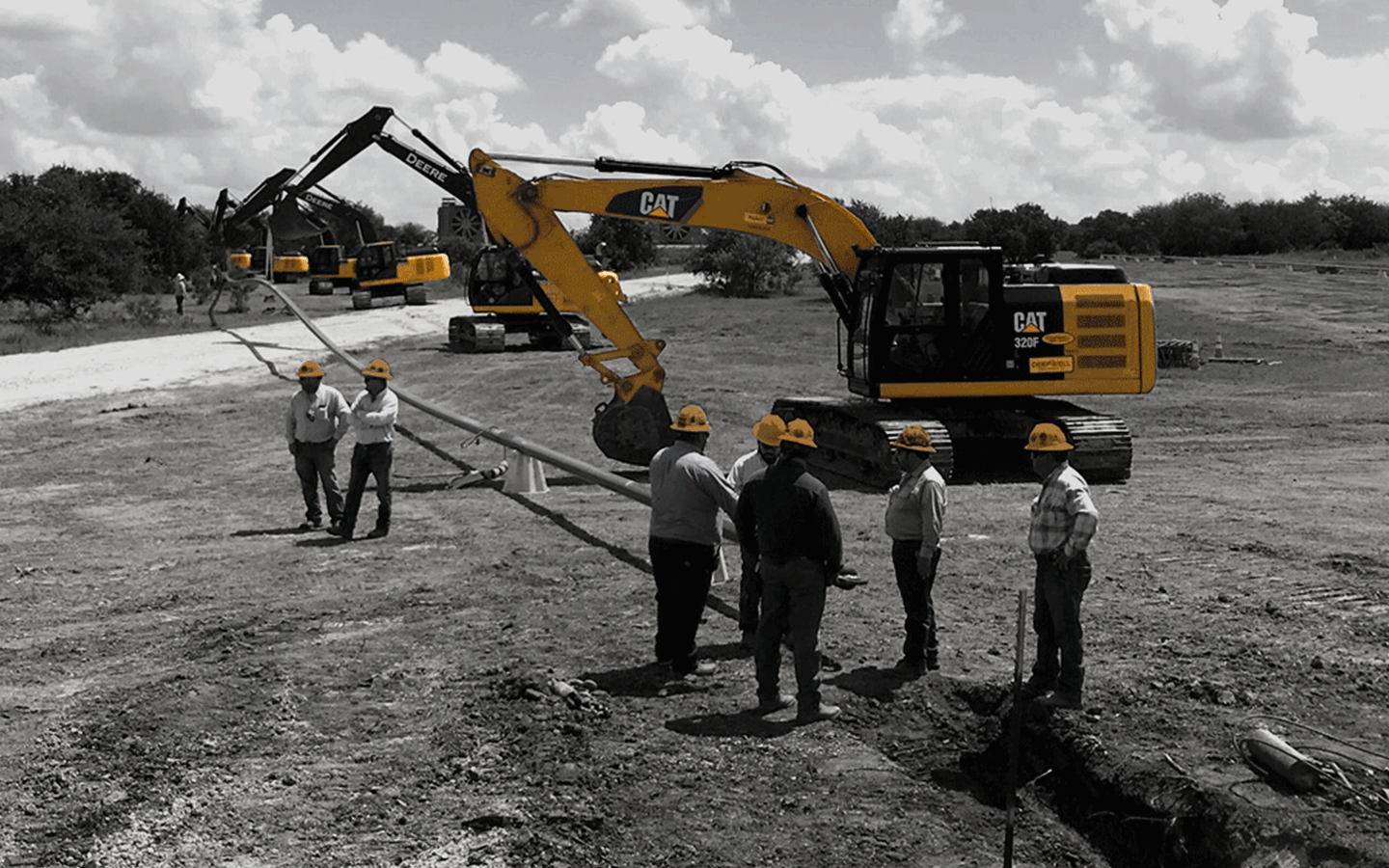Superior Oilfield Rentals oilfield: technology innovations shaping pipeline work
Wiki Article
All Regarding Oil Field Equipment and Pipeline Equipment: Trick Insights and Necessary Details
Oil field equipment and pipeline systems play a pivotal role in the oil and gas industry. They are essential for the effective removal and transportation of hydrocarbons. Key elements, such as drilling rigs and tank, directly impact operational success. Meanwhile, innovations in modern technology pledge to improve safety and security and performance. Comprehending these elements is essential for anybody included in or curious about this complex field, as it sets the phase for deeper exploration of sector practices.
Introduction of Oil Field Equipment
As the need for oil remains to expand, comprehending the devices used in oil areas ends up being progressively crucial. Oil field equipment includes a large range of machinery and tools important for expedition, extraction, and processing. Trick parts include drilling rigs, which are essential for reaching oil tanks, and production devices, such as separators and pumps, that facilitate the extraction procedure. Superior Rentals reviews. Additionally, tank play a substantial role in holding unrefined oil prior to transport. Safety and security devices, consisting of blowout preventers and pressure evaluates, guarantees operational safety and security and effectiveness. Each piece of equipment features cohesively to maximize production and maintain reliable workflow. Knowledge with this tools is essential for experts in the market to guarantee effective operations and adherence to security requirementsSorts Of Drilling Rigs and Their Applications
Drilling rigs offer as the backbone of oil removal procedures, with various kinds designed for certain geological conditions and operational demands. The most common types consist of rotary boring rigs, which make use of a revolving drill little bit to pass through the planet, and cable television device rigs, known for their percussion boring method. For offshore procedures, jack-up rigs and semi-submersible rigs provide stability and support in marine environments. Additionally, directional boring rigs allow drivers to pierce at angles, reaching down payments that are not vertically available. Each gear kind has one-of-a-kind benefits, maximizing performance and safety and security based on the drilling atmosphere. Choosing the ideal gear is essential for making best use of resource removal while minimizing ecological impact and operational prices.
Essential Pipeline Equipment and Their Functions
Pipeline infrastructure is necessary for the transportation of oil and gas from removal websites to processing facilities and end-users. Numerous important tools parts promote this process. Pipelines themselves function as the key avenues, created to hold up against high stress and harsh compounds. Pump stations are essential for keeping flow by boosting stress along the pipeline. Valves play an essential role in managing circulation click and isolating areas for upkeep. Additionally, fittings and ports assure secure joints in between pipe areas. Monitoring systems, consisting of circulation meters and pressure sensors, are crucial for discovering leakages and enhancing flow prices. Lastly, pigging devices is employed for upkeep and cleansing, safeguarding pipeline stability and click site performance. Together, these elements create the foundation of a trustworthy pipeline system.Advancements and Technologies in Oil and Gas Equipment

Security and Upkeep Practices in the Oil Market
While the oil sector has made significant strides in innovation and performance, the significance of durable safety and maintenance techniques can not be overemphasized. Reliable safety and security procedures are necessary to secure workers and the atmosphere, lessening the risk of crashes and spills. Normal evaluations and upkeep of equipment assistance determine possible issues prior to they escalate, guaranteeing operational stability. Educating programs for staff members are vital, stressing the relevance of safety and security awareness and emergency response procedures. In addition, adherence to sector regulations and standards fosters a society of safety and security. Carrying out innovative monitoring modern technologies can additionally improve upkeep practices, enabling real-time assessments of tools problems. Inevitably, focusing on security and maintenance is essential to the sustainability and success of the oil sector.Regularly Asked Questions
What Are the Environmental Impacts of Oil Field Equipment?
The environmental influences of oil field equipment consist of habitat damage, water contamination, and air contamination (Superior Rentals reviews). In addition, equipment malfunction can result in spills, adversely affecting wild animals and ecosystems, highlighting the demand for rigid laws and surveillance
Exactly How Is Oil Field Equipment Transported to Remote Locations?
Moving oil field equipment to remote locations usually includes specialized lorries, helicopters, or barges. Logistics firms coordinate paths, guaranteeing devices shows up securely and effectively, considering surface and ease of access to lessen hold-ups and make best use of performance.What Regulative Criteria Govern Oil Field Equipment?
Regulatory requirements governing oil field equipment mainly consist of safety, environmental management, and operational performance standards. Agencies such as OSHA and EPA apply these regulations to assure risk-free methods and lessen ecological effect in oil removal operations.What Skills Are Required to Run Oil Area Equipment?

Just How Do Oil Costs Impact Equipment Need and Use?
Oil costs greatly affect devices need and usage. Greater costs commonly cause boosted expedition and production activities, driving demand for machinery. Conversely, lower prices may lead to minimized operations and decreased requirement for tools.Report this wiki page